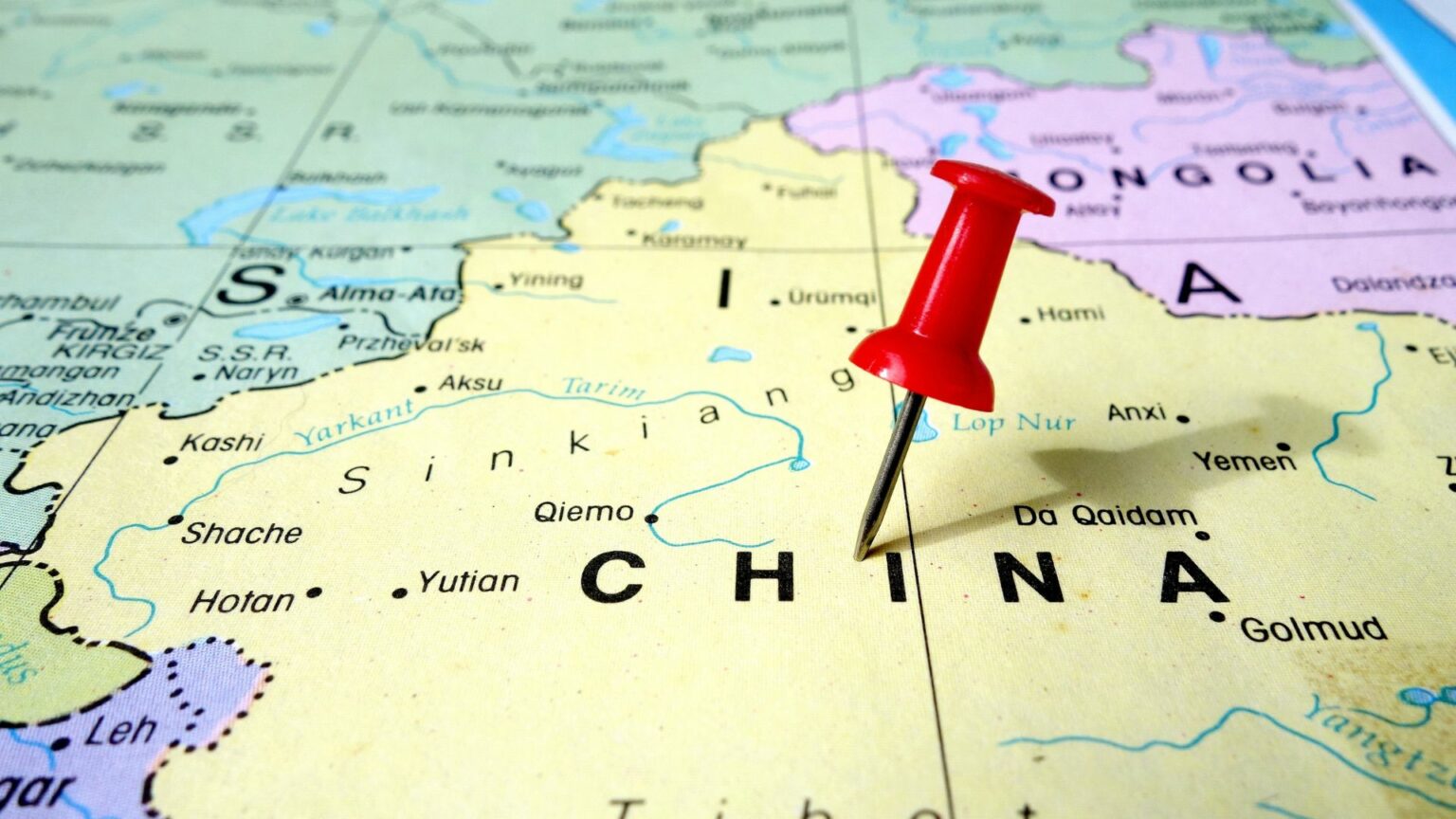Inner Mongolia’s latest approval of a 1,000 MW integrated wind-solar-to-hydrogen project marks a structural shift in China’s hydrogen policy execution, as it simultaneously pioneers renewable hydrogen production and long-distance pure hydrogen pipeline transport—an infrastructure blend still rare even by global standards.
The Damao Banner project, led by Huadian Power via its subsidiary Inner Mongolia Huadian Huayang Hydrogen Energy Technology Co., Ltd., reflects a calibrated push by the Chinese central and regional governments to close the gap between hydrogen production potential and practical deployment. Totaling over 6.76 billion yuan (USD 930 million), this project is the first in Inner Mongolia to secure formal approval for a fully integrated system combining renewable generation, hydrogen electrolysis, storage, and transmission. For reference, Inner Mongolia is one of China’s few regions with substantial wind and solar curtailment, making it ideal for green hydrogen projects aimed at grid balancing and decarbonized molecule production.
The project comprises 700 MW of wind and 300 MW of photovoltaic (PV) generation, reflecting a deliberate blend to stabilize diurnal and seasonal intermittency. Specifically, the wind component will use 70 turbines rated at 10 MW each—likely offshore-class technology repurposed for land—to maximize generation efficiency and reduce turbine count, which in turn lowers maintenance complexity. On the PV side, the deployment of 614,770 N-type half-cut, double-glass modules (each at 610 Wp) indicates a preference for high-efficiency, bifacial technologies that perform better under the region’s high albedo conditions, especially in winter.
Critically, the 100 MW/200 MWh lithium iron phosphate (LFP) battery storage system is relatively modest compared to total capacity, suggesting the primary function is grid stabilization and frequency regulation rather than long-duration storage. This reinforces the idea that most generated electricity is intended for immediate hydrogen production rather than being fed into the grid.
The hydrogen production system will consist of 126 electrolyzers, each rated at 1,000 Nm³/h, translating into an annual hydrogen output of 547 million Nm³. Assuming a typical hydrogen energy density of about 3 kWh/Nm³, the project’s hydrogen output is roughly 1.64 TWh annually, underscoring its national-scale ambition. Yet the actual utilization of that capacity depends heavily on operational hours and grid integration. The project’s design assumes reasonably high full-load hours due to Inner Mongolia’s strong wind resource (often >3,000 FLH for wind), but actual electrolyzer efficiency and intermittency management will determine real-world output.
What’s notable is the use of large-scale spherical hydrogen storage—25 units at 2,000 m³ each, for a combined 650,000 Nm³. This approach signals a prioritization of pipeline-ready hydrogen over ammonia or LOHC carriers, which simplifies operations but requires much tighter controls over pressure, purity, and leakage—a nontrivial technical hurdle in distributed systems.
The project also lays out nearly 39 km of new 220 kV transmission lines and dual 48-core OPGW optical cables, signaling a high degree of data monitoring, fault detection, and grid communication capability. These are critical in a distributed renewable-hydrogen system, where misalignment in load, supply, or electrolyzer performance could lead to rapid degradation in efficiency or safety. The distinction between single- and double-circuit lines reflects prioritization: the double-circuit line from Booster Station 1 to the hydrogen production booster indicates redundancy is more crucial in supporting electrolyzer reliability than it is in interlinking wind/PV fields.
Backed by multiple tiers of government—from the regional Party committee to Baotou city leadership—the Damao Banner project is clearly part of a broader effort to turn Inner Mongolia into a hydrogen export base. This follows the National Development and Reform Commission’s (NDRC) roadmap calling for industrial-scale hydrogen use and hydrogen corridors by 2030. However, few projects so far have addressed the “last-mile” challenge of hydrogen transport, which this initiative tackles via its pure hydrogen pipeline, likely to serve nearby industrial clusters in Baotou or possibly future interregional hubs.
While the infrastructure buildout is impressive, major questions remain around offtake, commercial structure, and long-term economics. Will the hydrogen feed into local steel or chemical industries? Will it be sold at subsidized rates or through market-based contracts? The absence of firm offtaker commitments—at least publicly—leaves open the risk of stranded assets. Furthermore, the low energy density of gaseous hydrogen and the high cost of compression remain unresolved bottlenecks unless pipeline economies of scale or policy support close the gap.
Additionally, water availability for electrolysis in a semi-arid region like Inner Mongolia is often overlooked. Unless paired with water recycling or non-potable water sourcing, large-scale electrolytic hydrogen projects may face operational constraints.
This project’s approval signals a maturing approach in China’s hydrogen planning: no longer just standalone pilot electrolyzers attached to solar farms, but complex, regionally integrated systems designed with grid balancing, industrial offtake, and transmission in mind. If successful, it will create a template for other resource-abundant provinces like Gansu, Qinghai, and Xinjiang to follow, with tighter feedback loops between renewable overcapacity and hydrogen demand.
